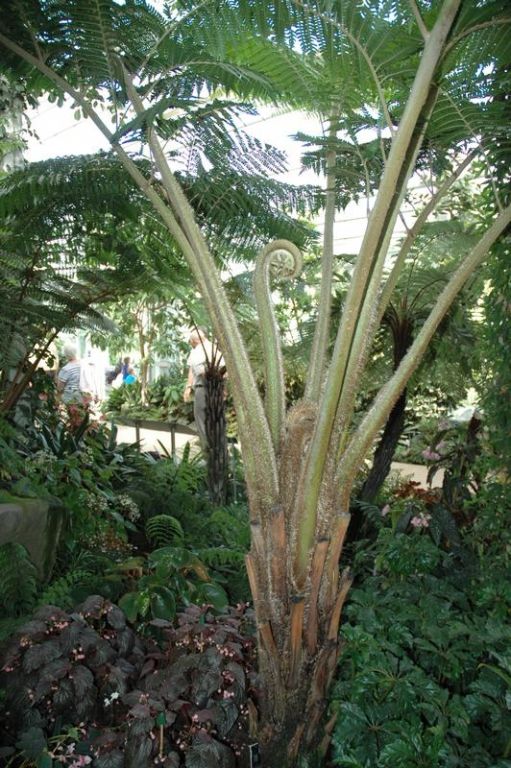Cyathea brownii

Description: A very robust, beautiful species of Tree Fern which is probably the largest form in its native environment. The fronds can reach up to 6 metres long on a woody looking trunk.
Though from a frost free natural habitat, Tree Ferns have proved to be suited to UK environment if planted in protected areas. They immediately give an exotic feel to any garden situation. Used as a specimen plant in contemporary planting schemes.
Climate/Position: Full sun prefered in UK climate in a protected site.
Height/Spread: Unknown how tall this may reach in UK. Allow space for the wide spreading fronds to expand uninterrupted.
Soil Requirements: Free draining soil to ensure plants do not remain wet in winter.
Pruning: Remove old fronds as they die off and unless in a very sheltered site then remove all fronds in winter so stem can be protected.
Special Requirements: Trunks of young plants can be protected by wrapping in straw over winter.
Cyathea brownii is only found growing in the wild on Norfolk Island one of Australia’s external territories in the South Pacific. In the wild the species is found growing amongst Cyathea australis in the Norfolk Island National Park. The fern is now rarely found outside of the national park following land clearance. Prior to European colonisation, most of Norfolk Island was covered with subtropical rain forest. Today there is only (5km²) of rain forest left on the island, this was declared the Norfolk Island National Park in 1986. This ensures protection of the habitat of Cyathea brownii.
The name Cyathea brownii derives from:
Cyathea – from the Greek ‘kyatheion’ meaning little cup, referring to the structure that holds the spores.
brownii – the species was named after Robert Brown (1773–1858), a Scottish botanist who travelled aboard the Investigator on a voyage to Australia in 1801. Brown is noted for his pioneering use of the microscope.
